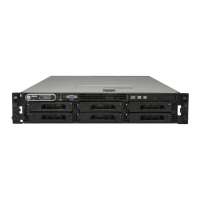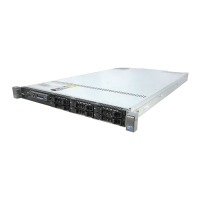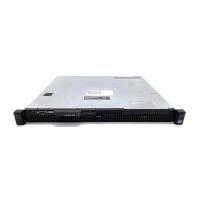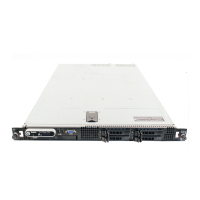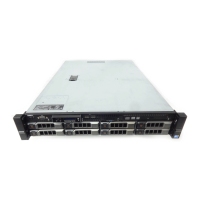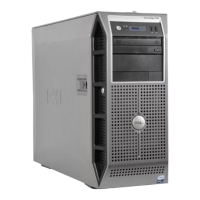I/O Ports and Connectors B-1
$33(1',;%
,23R UWVDQG&RQQHFWRUV
This appendix provides specific information about the input/output (I/O) ports and con-
nectors on the back panel of the computer system.
,23RUWVDQG &RQQHFWRUV
The I/O ports and connectors on the back panel of the system are the gateways
through which the computer system communicates with external devices such as a
keyboard, mouse, printer, and monitor. Figure B-1 identifies the I/O ports and connec-
tors for your system.
6HULDODQG3DUDOOHO3RUWV
The two built-in serial ports use 9-pin D-subminiature connectors on the back panel.
These ports support devices such as external modems, printers, plotters, and mice
that require serial data transmission (the transmission of data one bit at a time over
one line).
Most software uses the term
COM
(for communications) plus a number to designate a
serial port (for example, COM1 or COM2). The defaults for your system’s built-in serial
ports are COM1 and COM2.
The built-in parallel port uses a 25-pin D-subminiature connector on the system’s back
panel. This I/O port sends data in parallel format (where eight data bits, or one byte,
are sent simultaneously over eight separate lines in a single cable). The parallel port is
used primarily for printers.
Most software uses the term
LPT
(for line printer)
plus a number to designate a parallel
port (for example, LPT1). The default for the system’s built-in parallel port is LPT1.
33255bk0.book Page 1 Tuesday, August 25, 1998 8:46 AM

